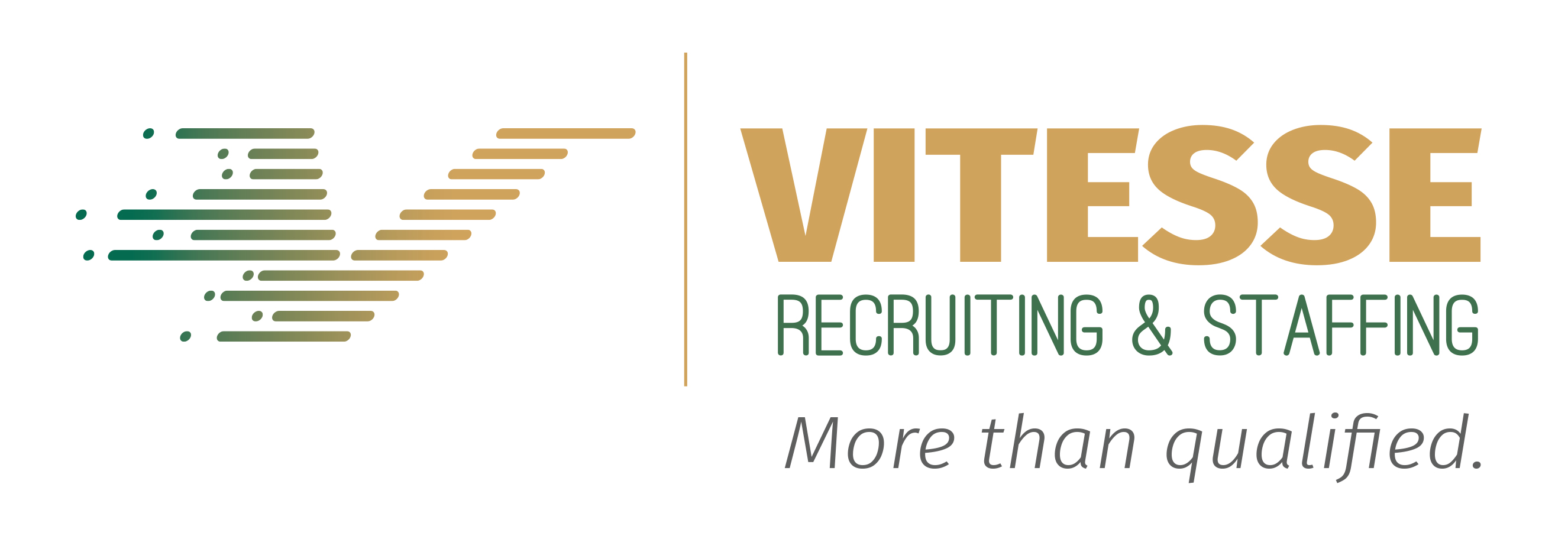Author: Kim Zastrow
But, before you start groaning….with these simple initial steps (plus more to come in future blogs), you can make your job a whole lot easier! We might illustrate the process of hiring a candidate to building a banana split. There’s several steps that happen before the placing of the cherry. Think of the interview process as the “cherry on top” of your banana split. Now, let’s get down to some of the prep work.
What is the job you want filled?
Oh, that’s simple, you may say. “I want someone to replace Emily as Director of Marketing because she’s moving to another state.” So, do you place an ad on job boards that reads something like the following?
[Company Name], a cutting-edge leader in the advancement of [fill in the blank] is currently seeking a Director of Marketing who will work in close tandem with [another position] to expand cross-functionality between platforms, launch strategic blah, blah, blah…
I don’t know about you, but my eyes were glazing over at about the third line. And, sure, this may be a way to weed out individuals who lack the perseverance to just read through the job description. So, is that all there is, just post an ad, wait for the resumes, and start calling candidates for interviews? You will make your search much more challenging if this is all you do.
What made Emily great? Creating the candidate profile.
Start by identifying what you liked about the way Emily handled her position. No doubt there will be others who will be involved in the decision-making process, so involve them in a strategy meeting. Just a few simple questions emailed out before the meeting will help make the strategizing more productive. For example:
What did we like about how Emily did her job?
What did she add to the position that’s not in the description?
What would we like to see different about this position from this point forward?
In addition to her technical knowledge and experience with the position, there are things about her that made her exceptional. These items are likely more related to her attitude, rather than just skills. In your strategy session, you’ll identify all the small things that made Emily a great Director of Marketing. They could be simple things like she always arrives 20 minutes early for work. That should be a hidden marker for you when candidates show up for their interviews. She contributes positively in group discussions and is open to considering opinions other than her own. She’s willing to work on a Saturday now and again. These are simple things, but they’re often things that can make or break the dynamics of a team. The candidate profile isn’t all about technical prowess or a laundry list of skills, many things are attitude-related.
After this inquiry, you’ll have a checklist of characteristics to look for when conducting the interview. Now what?
No interviewee will be perfect. There will not be an “Emily-clone,” but how can you as a business hire someone that is going to propel your business forward and cause the least amount of momentum-interruption as possible? For goodness sake, don’t list every desired characteristic in your job description. Potential hires are outstanding chameleons. They will tell you whatever they think you want to hear which will only muddy the waters.
Years ago, when I was new to the hiring process, I did just that—list everything that was important to me as an employer. In my experience, one of the most crucial characteristics for an employee to have is the criterion of caring. An employee can have all the skill needed to perform his or her job, but if he or she does not care about the company, the product, the goals, or fellow team members, all that skill is essentially wasted. So, in my early years, I made this well-known to potential hires. One candidate came in for an interview, and as part of the interview made the statement, “I care too much. It actually harms me; I care so much.” Fortunately, I could see through that as well as you can, so here’s what happened.
I asked the candidate to imagine he had made dinner plans with a close friend for 6:00 at a popular restaurant. He got there at the agreed upon time, but by 6:15, his friend had not shown up. 6:30 came and went. Finally, at 6:45, the friend appeared. What would be the first thing he’d say to that friend? His answer? He said, “I’d tell him, ‘man, what’s wrong with you? I’ve wasted 45 minutes of my life waiting on you!’” What if that individual had been rear-ended on the way to the restaurant? What if there was a phone call regarding a family tragedy? Caring? I think not.
In your strategy session, you’ll develop what is known as a “candidate profile.” Now, what if you discover that profile perfectly corresponds to an individual who is already employed at another company, but whom you know would really enhance your operations? In a future blog we’ll address what’s involved in attracting what is known as the passive candidate.
VITESSE is comprised of industry experts, who have over 50 years of combined experience, delivering exceptional training to both clients and job-seekers alike.
